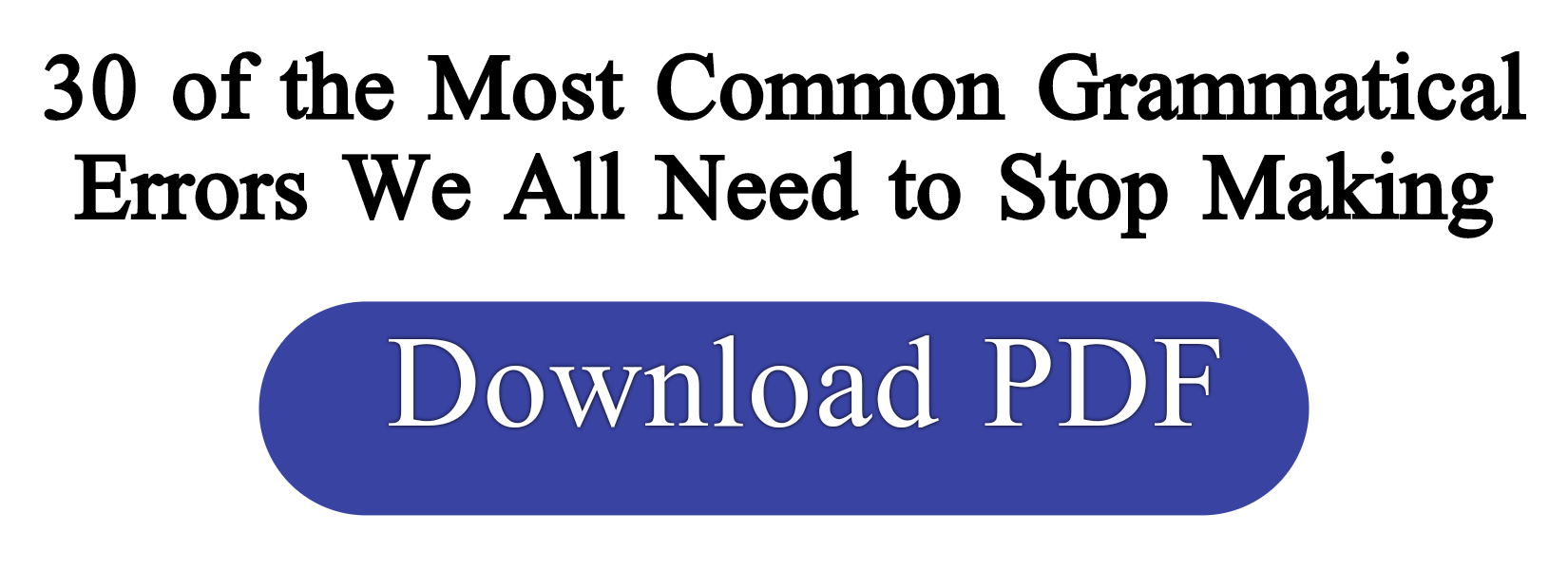Prepositions are classified as simple or compound.
Simple prepositions are single word prepositions - across, after, at, before,
during, from, in, into, of, on, to, under, with and without are all
prepositions.
For example:
The book is on the table.
compound prepositions are more than one word - in between and because of -
made up of two words - in front of, on behalf of — are
made up of three words.
For exampe:
The book is in between War and Peace and The Lord of the Rings.
The book is in front of the clock.
Prepositions of Movement
Prepositions can be used to show movement.
For example:
to, through, across.
We use to in order to show movement movement with the aim of a specific destination.
For example:
I moved to Germany in 1998.
He's gone to the shop.
We use through to show movement from one side of an enclosed space to the other.
For example:
The train went through the tunnel.
We use across to show movement from one side of a surface or line to another.
For example:
She swam across the river.
More prepositions of movement are shown below:
She ran
- to the door.
- through the tunnel from one side of an enclosed space to the other.
- across the road.(from one side of an open space to the other)
- along the road (the length of the road)
- down the road (the length of the road)
- over the bridge (from one side of an open space to the other)
- off the stage.
- round the track.
- into the room.
Preposition of place
Prepositions can be used to show where something is located.
The preposition at, on, and in etc. are used to refer to the place or location of something.
We use at to show a specific place or position.
For example:
Someone is at the door.
They are waiting at the bus stop.
I used to live at 51 Portland Street.
We use on to show position on a horizontal or vertical surface.
For example:
The cat sat on the mat.
The satellite dish is on the roof.
We also use on to show position on streets, roads, etc.
For example:
I used to live on Portland Street.
We use in to show that something is enclosed or surrounded,
For example:
The dog is in the garden.
She is in a taxi.
Put it in the box.
We also use in to show position within land-areas (towns, counties, states, countries, and continents ).
For example:
I used to live in Nottingham.
More Prepositions of Place:
next to/beside/by
In my English lesson I always sit next to/beside/by my friend.
The bank is next to the hotel.
over/above
The sign hanging over/below the door read "No smoking".
I put the tablecloth over the table.
I enjoy watching the planes fly above me.
under/below
The temperature outside was under below/below 0.
The woman was sheltering under a tree.
When flying I enjoy watching the clouds below me.
after
She slammed the door after her.
They ran after the thief.
among
I enjoy being among my friends.
I found my handbag among my luggage.
at
The secretary was sitting at her desk.
The man was standing at the taxi stand.
behind
The car park is behind the building.
He never won a race, he was always behind the others.
between
The prisoner sat between the two policeman.
I held the pen between my thumb and fingers.
in
The pen was in the drawer.
He lives in South Africa.









